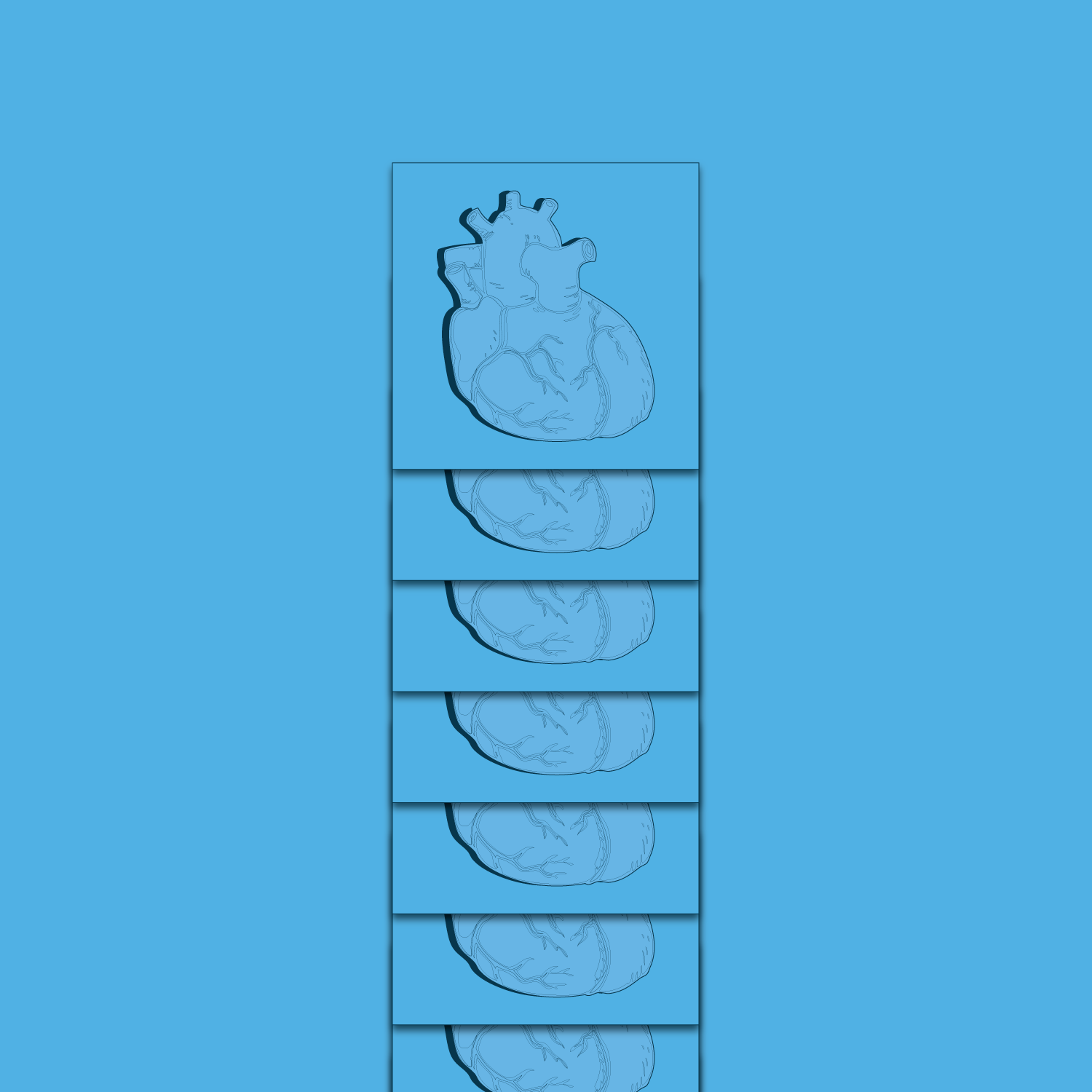
Predicting the Technologies of Our Future
Star Trek is a story of exploration that has fascinated us for the last 50 years.
A crucial part of this story are unbelievable scientific and technological advances — warp drive, wormholes beaming technology, holodecks — that make the exploration of the universe possible.
Continue reading “The Real Science Behind Star Trek”

The safety of the food supply has emerged as an important and complex global public health, social, and political issue. Although accurate statistics on the scope of foodborne illness are lacking, the most recent estimates published by the United States Centers for Disease Control and Prevention (CDC) indicate that as many as 48 million cases, 128,000 hospitalizations, and 3,000 deaths are caused by foodborne illness each year in the U.S.
Continue reading “I.F.S.H. – Is This Safe to Eat?”

The Biomedical Applications of 3D Printing
The impact of 3D printing is expected to affect all of our lives at some point in the near future, whether it will be in the products we buy, the educational tools we use, or the medical care we seek.
Continue reading “Matter into Medicine”

From tennis rackets to sunscreen, from stained glass windows to computer memory, the applications of nanoscale materials research are all around us. New television displays, cell phones and other digital devices incorporate nanostructured polymer films known as light-emitting diodes, or OLEDs. Continue reading “The Nature of Nano 2”

Beverage cans. Jet Engines. Silicon semiconductors. All of these inventions have crystallography, the study of ordered structures, to thank. 100 years ago, the process of X-ray crystallography was discovered, allowing the atomic order of many materials to be determined. Continue reading “The Order of Crystallography”

From tennis rackets to sunscreen, from stained glass windows to computer memory, the applications of nanoscale materials research are all around us. New television displays, cell phones and other digital devices incorporate nanostructured polymer films known as light-emitting diodes, or OLEDs. Continue reading “The Nature of Nano”




